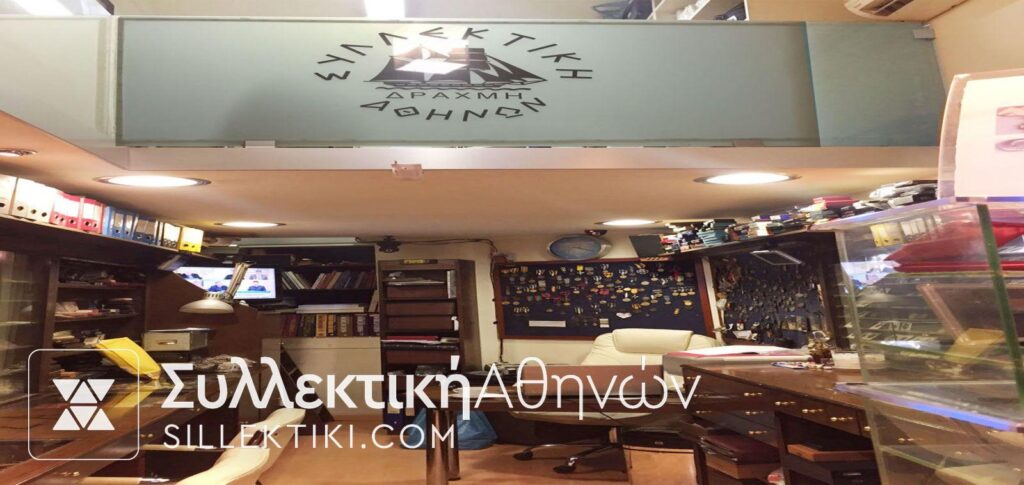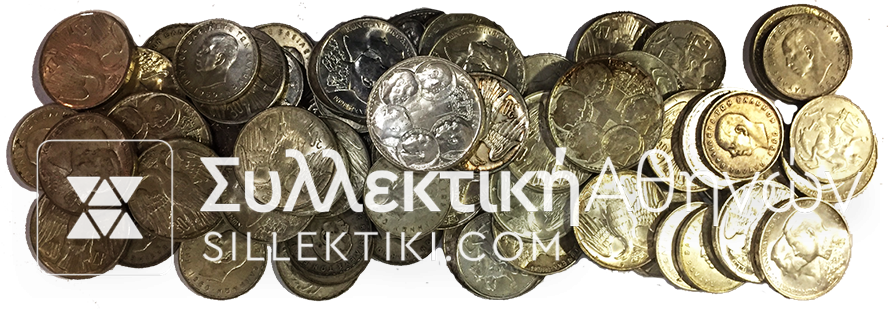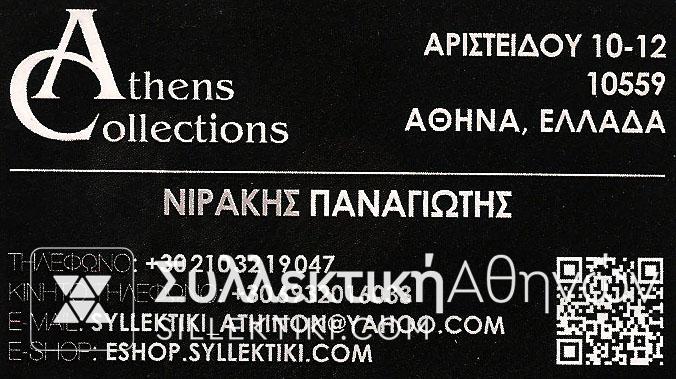WHAT REALLY APPLIES TO THE 2002 RARE DIVERSA WITH AN “S”
Recently, there has been an upsurge in the search for a rare 2 Euro 2002 Greek coin.
Misinterpretations, fictions and anecdotal pseudo-news flood the internet and beyond.
You are posting the 2002 euro on various auction sites at prices that are not just higher but ridiculous.
But what is the truth about the 2002 two-doors with the S engraved on a star?
In 2002 Greece ordered Finland to “cut” 70,000,000 two euros coins.
The mint of Finland, like most mints, has a characteristic symbol, or letter, that they engrave on the coins, the so-called “mintmark” or internationally “mintmark”.
Finland has the S (from Suomi) which is on one of the stars on all the two euro coins it makes.
Given that 70 million Euros were minted in our country, it stands to reason that there is no scarcity when it comes to the “S” coin.
But why does this frenzy exist?
Finland, due to the backlog of orders it had, somewhat hastily built many biships which had some manufacturing errors.
There are various manufacturing errors, from very small, e.g. “the earring” as the fellow collectors call it (which is a bump on the cheek of the bull), the “tattoo”, the “bikini” and other small errors that cost around 50 euros, up to very obvious errors like “spill metal’, ‘wrong disc’, ‘duplicated’ and more.
One such glaring error on a truly rare bienno (in which the mintage is unknown since you include the 70 million) was sold at an auction in Germany for around €1,000.
Then a similar one appeared on Ebay, or the same one, with a suggested selling price of 80,000 euros!
Here we should make it clear that Ebay or other buying and selling sites are not price lists, nor, of course, do they have any substance in terms of prices that anyone can propose without any restrictions on anything.
It is therefore very easy for someone to upload to Ebay for sale e.g. a simple transaction coin of two Euros and “asking” for a million!
Of course this makes no sense.
After the specific posting on Ebay, the specific incident spread quickly and thus in combination with the justified ignorance but also the hope of some for an extra income from one and “click fishing” (to achieve a lot of traffic) some low-level websites from the other, done “viral” a “mistake” !


















